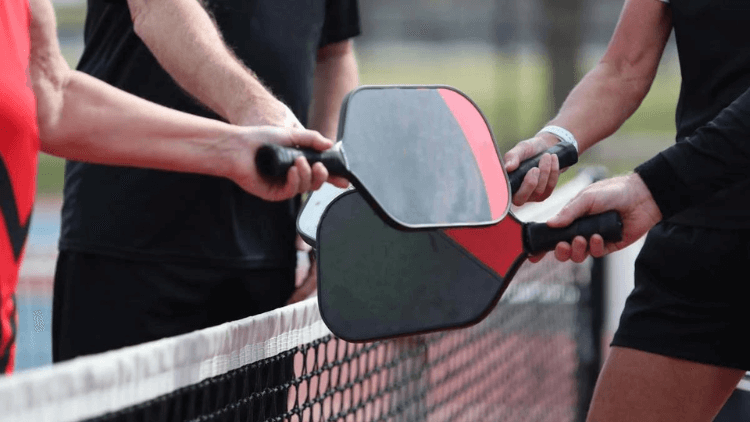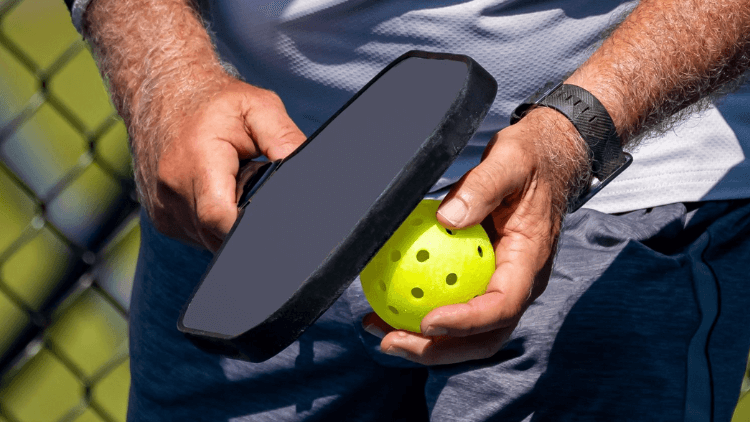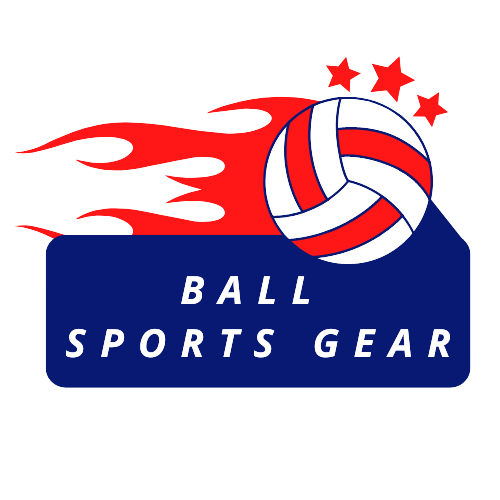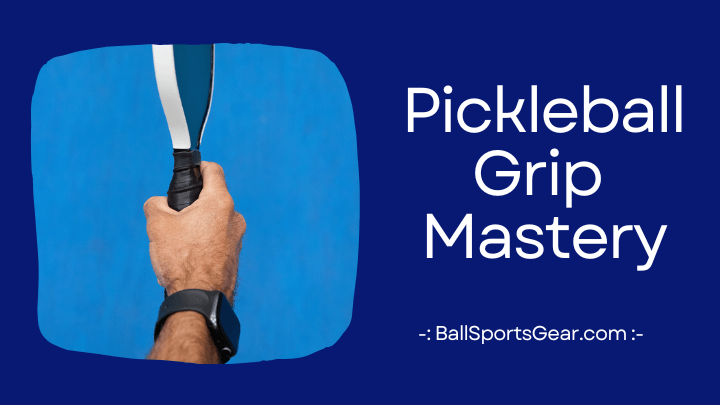Pickleball players understand how crucial it is to maintain a secure hold on their paddles. On the court, your grip may have an impact on your power, control, spin, and shot choice. However, are you aware of the ideal grip for your game and you?
There are three basic types of pickleball grips: Eastern, Western and Continental. Each one has its own advantages and disadvantages, depending on your skill level and playing style. In this blog post, we will explain different pickleball grips, each pickleball grip in detail and help you choose the one that suits you best.
Eastern Pickleball Grip
The Eastern pickleball grip is the most popular and beginner-friendly grip in pickleball. It allows you to hit both forehand and backhand shots with the same grip, without having to change your hand position. This makes it easy to use and versatile for different shots.
To find this grip, hold your paddle in front of you with the face perpendicular to the ground. Shake hands with the paddle grip and place your index knuckle on the 2 (for righties) or 8 (for lefties) of the octagonal shape of the handle.

Although the Eastern pickleball grip is a suitable middle ground between forehand and backhand strokes, advanced players can find that it lacks enough spin or angle. You might need to gently alter the angle of your wrist or paddle if you want to add extra spin or angle to your shots. For newcomers who wish to master the fundamentals of pickleball and create a reliable stroke, the Eastern pickleball grip is the best option. It is also beneficial for intermediate players who like a basic and dependable grip for the majority of their shots.
Western Pickleball Grip
In pickleball, the Western grip is a more sophisticated and forehand-friendly grip. Although it generates a lot of topspin, it is exceedingly challenging to hit backhand strokes. For novices or players who have trouble with their backhands, it is not advised.
To find this grip, start with an Eastern grip and turn your wrist 90 degrees clockwise (for righties) or counterclockwise (for lefties). Your palm should be behind the paddle on a forehand and in front of the paddle on a backhand. The Western pickleball grip causes your palm to generally be behind the paddle on a forehand, which results in powerful forehands with spin. However, it also causes your palm to generally be in front of the paddle on a backhand, which means that you will have little to no power on your backhands.
The Western pickleball grip is good for players who like to hit powerful forehands with spin, especially from the baseline or mid-court. Players who enjoy hitting drop shots or dinks with spin can also benefit from it. For players who must smash precise and reliable backhands, particularly near the net, that is not a good thing.
Continental Pickleball Grip
The Continental pickleball grip is a versatile and balanced grip in pickleball. It allows you to hit both forehand and backhand shots with minimal grip changes. It is also good for hitting volleys, overheads and serves.
To find this grip, hold your paddle as if you were hammering a nail with the side of the paddle. Your index knuckle should be on the 1 (for righties) or 7 (for lefties) of the octagonal shape of the handle. Your thumb and forefinger should form a V shape. Players who want to rapidly and easily transition between forehand and backhand shots would benefit from the Continental pickleball grip. It is especially beneficial for those who enjoy playing near the net or using unique strokes like slices, lobs, or drives.
However, the Continental pickleball grip may lack power or spin for some shots, especially from the baseline or mid-court. If you want to generate more power or spin on your shots, you may need to adjust your wrist or paddle angle slightly. The Continental pickleball grip is ideal for advanced players who have mastered both their forehand and backhand strokes and want to have more variety and control over their shots. It is also good for intermediate players who want to improve their transition game and net play.
Here is a table that summarizes the pros and cons of three common pickleball grips: Eastern, Western and Continental.
| Pickleball grips | Pros | Cons |
|---|---|---|
| Eastern | Universal or neutral grip that allows you to hit both forehand and backhand shots with the same grip. Easy to find and learn. | May not produce as much topspin or power as other grips. |
| Western | Produces a lot of topspin and power on the forehand shots. | Makes it very difficult to hit backhand shots. Not suitable for beginners or intermediate players. |
| Continental | Allows you to hit all kinds of shots, including volleys, dinks, serves and overheads, with minimal grip changes. Good for fast-paced rallies. | May not produce as much topspin or power as other grips. Requires more wrist action and control. |

Frequently Asked Questions
The Eastern pickleball grip is best for beginners, as it is easy to use and versatile for different shots. It is also good for intermediate players who prefer a simple and reliable grip for most shots.
The Continental pickleball grip is best for advanced players, as it is versatile and balanced, good for quick transitions between shots, and allows more variety and control over shots. It is also good for intermediate players who want to improve their transition game and net play.
To change your pickleball grip, you can either slide your hand along the handle to a different position or rotate your wrist slightly to adjust the angle of your paddle. You may need to practice changing your grip until it becomes natural and comfortable.
To add an overgrip to your pickleball paddle, you need to wrap an overgrip over your existing grip, following the same steps as replacing a grip. An overgrip is a thin layer of material that can enhance the comfort, feel and tackiness of your grip. You can change or remove an overgrip as often as you like.
Conclusion
Try out several pickleball grips and see how they feel and function on the court to determine which one suits you the best. For certain scenarios or photos, you might wish to experiment with alternative grip combinations.
As you can see, there is no one pickleball grip that fits all situations. Depending on your level of expertise and playing style, each has unique strengths and drawbacks.
As long as it feels natural to you and is comfortable, there is no right or wrong way to hold your paddle. The most crucial factor is to enjoy yourself when playing pickleball! How do you feel? What grip do you use for pickleball, and why? Let us know in the comments below!

